
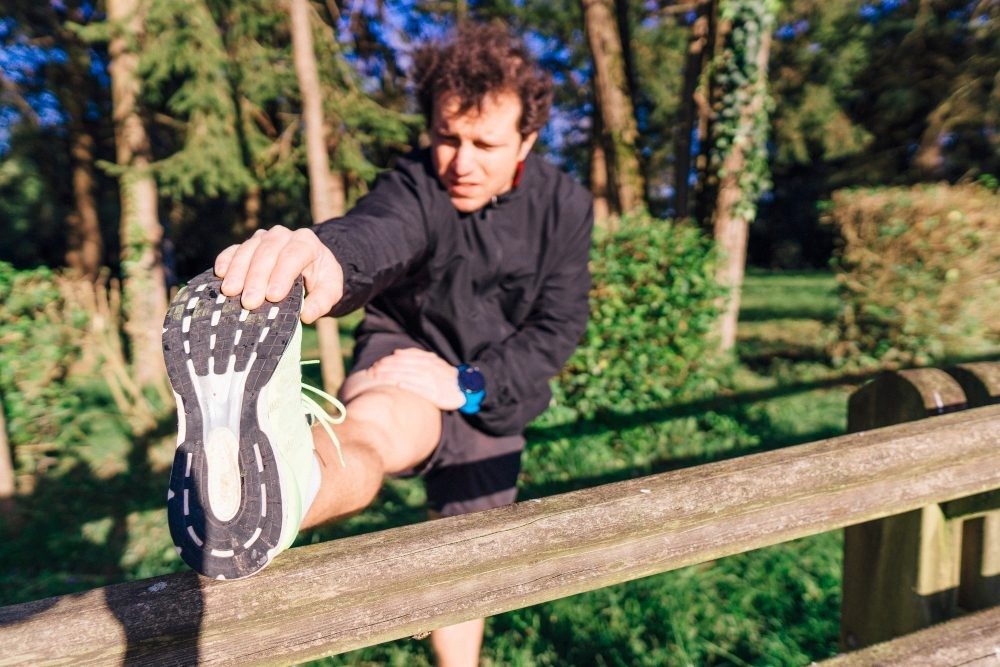
The sciatic nerve is the longest nerve in the body, it runs from your lower back and branches through your hip and bottom, down through your legs. Sciatica is a term that describes common pain that affects the sciatic nerve.
Like most nerve pain, sciatica often feels like a short shooting pain that comes on suddenly. This type of pain is caused by irritation, inflammation, pinching or compression of a nerve. The most common way that this can happen is through a herniated disc in the vertebrae that compresses part of the nerve. However, there are many other ways that sciatica can be triggered.
There are a few myths about sciatica that are widely accepted to be true. Firstly, it's assumed that sciatica is a condition - it's actually not a condition, but rather, it's the name given to a symptom that is suggesting a problem with the nerve.
Secondly, it's widely thought that sciatica refers to pain in the spine. Again, this isn't true. The sciatica nerve runs all the way from the spine, and down both legs, so this sciatic pain can appear anywhere along the sciatic nerve. In fact, it's possible to have sciatica (nerve pain) in just the legs, and not in the back.
One last misconception about sciatica is that it will cause pain only on one side of the body. While this is true in the majority of cases, in rare cases it's possible to have pain on both sides of the body that is sciatica. So, if you feel nerve pain on both, sides of your body, you shouldn't rule out sciatica.
In most cases, sciatica is treated through rest, ice, exercise, stretching and physical therapy. However, some chronic cases may require surgery.
As well as positively contributing to healing, stretching and light exercise can help relieve the pain associated with sciatica.
Below, is a look a general look at what sciatica is, and six easy rehabilitation exercises that can be done at home to encourage recovery.
People with sciatica may experience some, or all, of the following symptoms:
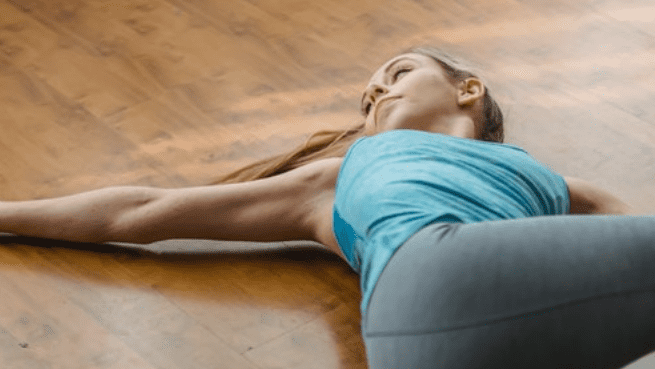
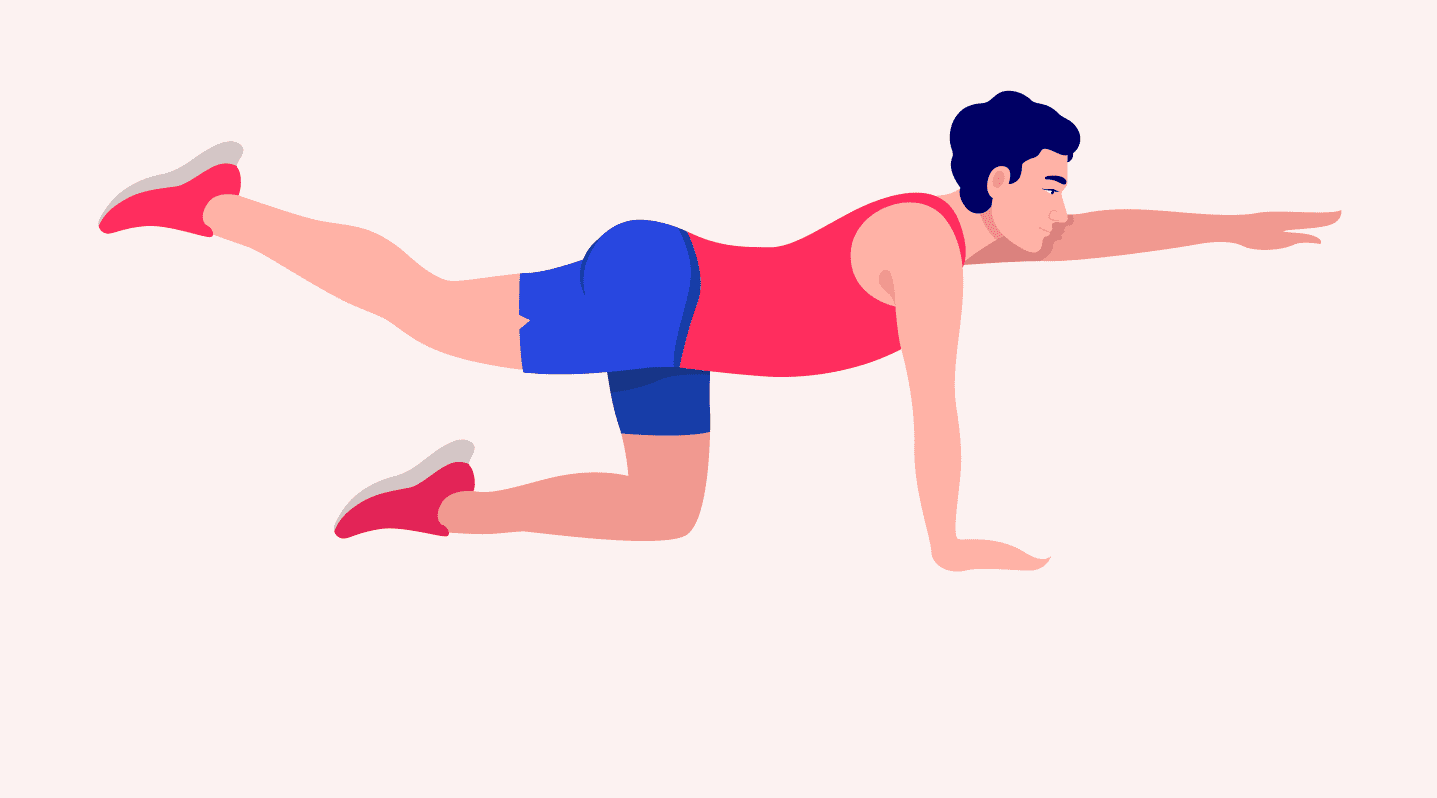
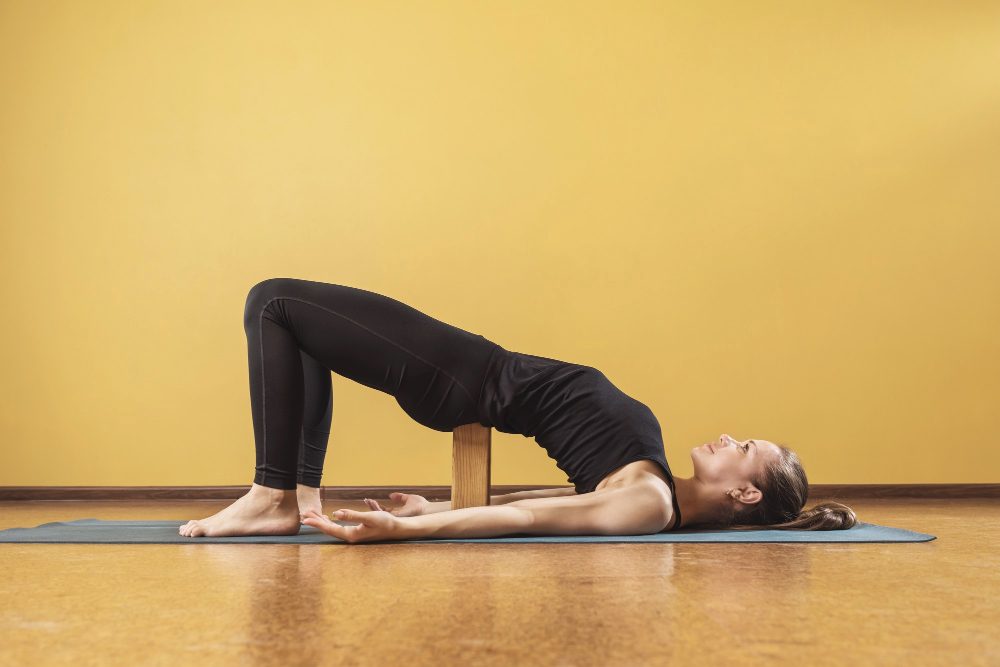
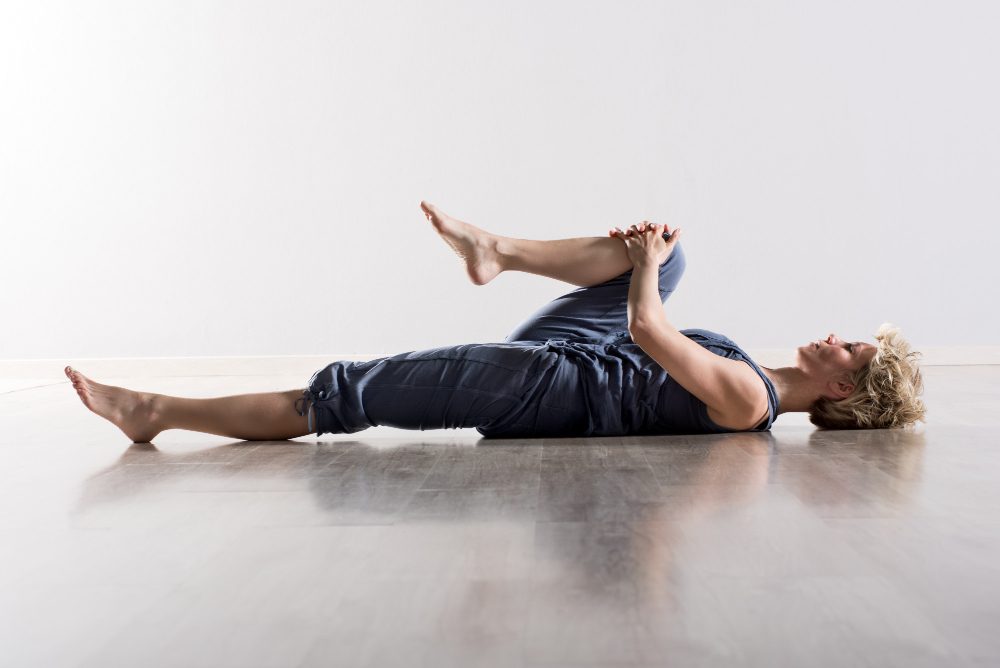

Whether aerobic exercise is recommended, will depend on your specific type of sciatica pain. If you suffer from discomfort or pain, you should always consult a medical professional before undertaking a new exercise program.
If a medical professional does recommend aerobic exercise, they will likely suggest something that's low impact, like walking or water aerobics.
Keeping your body healthy can help you avoid developing sciatica. Exercising improves the circulation within your body and strengthens muscles. Both of these factors contribute to a healthy back. Furthermore, exercise will improve the health of the muscles and joints in your spine, reducing the amount of pressure that's put on disks. So, finding thirty minutes of physical activity per day can significantly reduce the chances of developing sciatica.
Poor posture - particularly positions that see someone hunched over all the time, can play a major part in the development of sciatica. Slouching puts strain and pressure on particular areas of the spine that aren't designed to handle it. This added strain can cause the back muscles to spasm. Because the sciatic nerve runs through the back muscles, if they spasm, there is a chance that the sciatic nerve will become irritated.
So, it's important to practice good posture in your day-to-day life. If you find yourself in a position at work where you're slouched over a desk for long periods, try to schedule some regular works and periods of standing into your day.
Excess weight is one of the biggest causes of sciatica. It can also cause the associated pain to be significantly worse. Extra weight puts additional pressure on the lower back and pelvis, which can cause a nerve to become irritated.
To ensure that you don't create extra stress for your back and that your body is functioning healthy, you should try and keep within the BMI guidelines. Your BMI is a figure that measures your body fat based on your height and weight. A healthy BMI is a weight status between 18.5 and 24.9.
Doing something as simple as shortening your wakings can both help prevent sciatica, and help alieve sciatica pain if you are experiencing it. Long steps can compress your lumbar disks and irritate your sciatic nerve. So, the act of walking a little slower, and taking smaller steps, can be hugely beneficial.
Practicing yoga is a great way to increase flexibility, align your body correctly and keep the spine healthy and flexible. Many positions involve the stretching of the hip flexors, the hamstrings, and the glutes - all of which are closely associated with sciatica. As well as correct spinal alignment, yoga strengthens local muscles, which can help to release excessive tension in the spine.
If you already have sciatica, you should always check with a health professional before undertaking any new fitness or workout plan.
A podiatrist is a medical professional who specialises in conditions and symptoms that appear in the feet and lower body. Because the sciatic nerve runs through the back, bottom and lower legs, podiatrists have extensive experience in treating this symptom.
A qualified podiatrist will be able to conduct a physical exam or run some tests, to determine whether you have sciatica or a different condition. They'll also be able to advise you on the best way to repair and rehabilitate your condition.
Book your appointment with our podiatry team online here or call us on (07) 3356 3579.
| Monday | 7:40am - 6:00pm |
| Tuesday | 7:40am - 6:00pm |
| Wednesday | 7:40am - 6:00pm |
| Thursday |
7:40am - 6:00pm |
| Friday | TEMP CLOSED |
| Saturday | CLOSED |
| Sunday | CLOSED |
Ground Floor, 344 Queen Street,
Brisbane City QLD 4000
| Monday | 7:40am - 6:00pm |
| Tuesday | 7:40am - 6:00pm |
| Wednesday | 7:40am - 6:00pm |
| Thursday |
7:40am - 6:30pm |
| Friday | 7:40am - 5:00pm |
| Saturday | 7:40am - 4:30pm |
| Sunday | CLOSED |
Newmarket Village, 114/400 Newmarket Rd, Newmarket QLD 4051